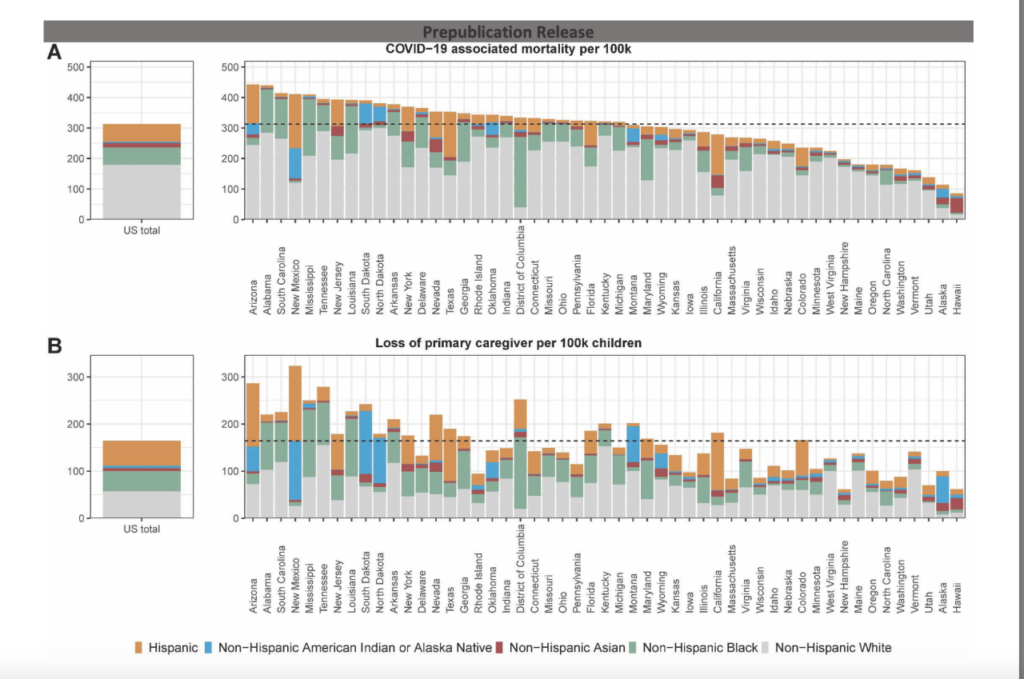Grieving a death is not easy at any age. Grieving a death for younger adults is often a “first death” and very difficult. As Family Caregivers Month continues, let’s care and support for those grieving a death along with our caregivers.
Two recent articles highlighted this for me and rather than sit back, I bring this to your attention. There is power in numbers, especially when it comes to offering support to others.

How to Support Younger Employees Grieving a Death BY KYRA SUTTON
Kyra Leigh Sutton, PhD, is a faculty member at Rutgers University School of Management and Labor Relations in New Brunswick, New Jersey.
This article was from Fast Company, 11.2.2021. According to research published in the Proceedings of the National Academy of Sciences, “For every COVID-19 death, approximately nine surviving Americans will experience the death of a close relative (e.g., grandparent, parent, sibling, spouse). For younger adults, parental and grandparental death can result in weakened connections to other family members, poor mental health, and less economic security.”
There is no universal length of time that a person might need to fully grieve the loss of a loved one. And yet most workplaces give employees a finite amount of time: We call it bereavement leave. Sometimes it’s paid; often it’s not. The average policy is a leave of only three days.
SHARE RESOURCES AND SPREAD AWARENESS
Most young adults have never heard of bereavement leave; building awareness will help them understand their options. Therefore, within 24 hours of managers learning about the employee’s loss they should make the employee aware of the company’s policies. If the company doesn’t offer bereavement leave, make employees aware whether they can take PTO days (or even unpaid leave). Also, if other employees can donate their PTO, managers can encourage their team to share days. Finally, it’s important that the manager share available resources for counseling and therapy, including any company-sponsored support groups.
OFFER BENEFITS
Organizations can take a few actions to support employees who are experiencing a loss. Instating a bereavement policy is just the first step.
A few other ways to advocate for your employees include loosening the definition of what bereavement policies are, which means expanding them to the loss of relatives outside the employee’s immediate family or other important persons in the employee’s life. Moreover, employees should be allowed a part of their working time, shortly after their loss, to talk to a professional.
MANAGE EXPECTATIONS
The most important role managers have after young adults experience the death of a loved one is managing their workload. When employees return to the workplace after losing a loved one they are still in the grieving process, whether they verbalize it or not. Helping them figure out what they need to work on first relieves stress and allows employees to strategize how to spend their time.
More than 140,000 U.S. children lost a primary or secondary caregiver due to the COVID-19 pandemic https://www.nih.gov/news-events/news-releases/more-140000-us-children-lost-primary-or-secondary-caregiver-due-covid-19-pandemic
This headline hit hard, more than 140,000 US children have lost a primary or secondary caregiver during Covid from April 1, 2020 through June 31, 2021 🙁 *This was before the summer surge *

There were racial, ethnic, and geographic disparities in COVID-19-associated death of caregivers: children of racial and ethnic minorities accounted for 65% of those who lost a primary caregiver due to the pandemic.
Children’s lives are permanently changed by the loss of a mother, father, or grandparent who provided their homes, basic needs, and care. Loss of a parent is among the adverse childhood experiences (ACEs) linked to mental health problems; shorter schooling; lower self-esteem; sexual risk behaviors; and increased risk of substance abuse, suicide, violence, sexual abuse, and exploitation.
Overall, the states with large populations – California, Texas, and New York – had the highest number of children facing COVID-19 associated death of primary caregivers. However, when analyzed by geography and race/ethnicity, the authors were able to map how these deaths and disparities varied at the state level.
In southern states along the U.S.-Mexico border, including New Mexico, Texas, and California, between 49% and 67% of children who lost a primary caregiver were of Hispanic ethnicity. In the southeast, across Alabama, Louisiana, and Mississippi, between 45% to 57% of children who lost a primary caregiver were Black. And American Indian/Alaska Native children who lost a primary caregiver were more frequently represented in South Dakota (55%), New Mexico (39%), Montana (38%), Oklahoma (23%), and Arizona (18%).
“We often think of the impact of COVID-19 in terms of the number of lives claimed by the disease, but as this study shows, it is critical to also address the broader impact – both in terms of those who have died, and those who have been left behind,” said study co-author Charles A. Nelson III, PhD. who studies the effects of adversity on brain and behavioral development at Boston Children’s Hospital. “We must ensure children who have lost a parent or caregiver have access to the support services they need, and that this additional impact of the COVID-19 pandemic is comprehensively addressed in both our rapid response and our overall public health response.”
There are evidence-based responses that can improve outcomes for children who experience the COVID-associated death of their caregivers:
- Maintaining children in their families is a priority. This means families bereaved by the pandemic must be supported, and those needing kinship or foster care must rapidly receive services.
- Child resilience can be bolstered via programs and policies that promote stable, nurturing relationships and address childhood adversity. Key strategies include:
- Strengthening economic supports to families.
- Quality childcare and educational support.
- Evidence-based programs to improve parenting skills and family relationships.
- All strategies must be age specific for children and must be sensitive to racial disparities and structural inequalities. They must reach the children who need them most.
In the closing words of the paper, “Effective action to reduce health disparities and protect children from direct and secondary harms from COVID-19 is a public health and moral imperative.”
Loss Impacts Us All
This week I want to highlight these articles, authors and resources. Let’s not become numb to the human toll of this pandemic and of loss at any time.
While we may not have a way to stop death, we do have ways to support others, especially children and young adults. My way of support is to start from the end and create ways for us to strengthen life, through proactive measures while we’re living.
Finding ways to make it easier for you to assess what you have in place and ways to create your roadmap to protect you/yours is my passion. Beginning at age 18, we are “adulting” whether we know it or not. Educating and advocating about how to begin is where I come in.
Before life’s twists and turns impact you, your loved ones and your business, let’s talk. When you dig into the nitty gritty of your life, organize what needs to be done, and take action, it is a huge relief.
Check out my website to learn about me and what I do: https://thelivingplanner.com And, stay tuned for online courses I’ve developed (under soft launch now) for you, your families, young adults, and your pets 🙂 Have questions, email me: Lynn@thelivingplanner.com
Thankful for each day –Lynn
#CareForPeople #CareForBusiness #LifeHacks
